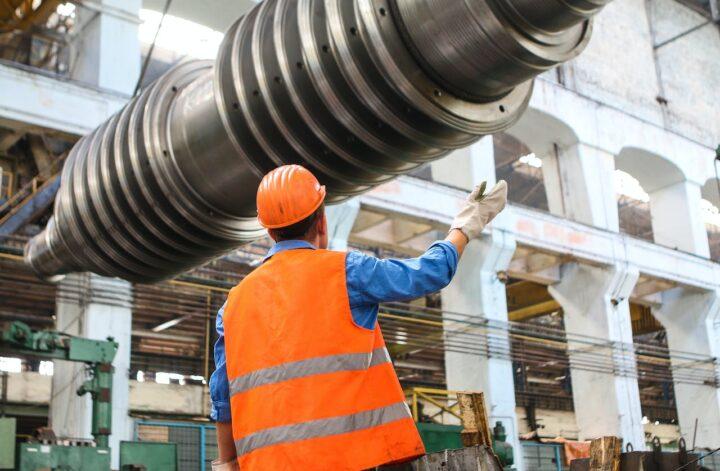Creating dream buildings for the future involves a combination of visionary design, sustainable practices, technological integration, and community engagement. Here are eight key ways to build structures that not only meet the needs of today but also stand as beacons of innovation and sustainability for the future.
Innovative Architectural Design
The foundation of a dream building lies in its design. Embrace innovative architectural concepts that prioritize functionality, aesthetics, and sustainability. Collaborate with visionary architects who can think beyond traditional boundaries and create structures that are not only visually stunning but also technologically advanced. Consider incorporating elements like green roofs, adaptive facades, and smart building systems that enhance energy efficiency.
Sustainability as a Core Principle
Make sustainability a non-negotiable aspect of your building projects. Utilize eco-friendly materials, implement energy-efficient systems, and design with the life cycle of the building in mind. Explore renewable energy sources such as solar panels and geothermal heating. Prioritize water conservation through rainwater harvesting and efficient plumbing systems. A commitment to sustainability not only benefits the environment but also positions your projects as leaders in the green building movement.
Smart Building Technologies
Integrate cutting-edge technologies to make buildings smarter and more responsive to the needs of occupants. Incorporate Internet of Things (IoT) devices for energy management, security, and climate control. Implement smart lighting systems that adjust based on natural light and occupancy. Utilize advanced building automation systems that optimize energy consumption and enhance the overall comfort and convenience for occupants.
Using Revolutionary Equipment
In the pursuit of constructing visionary buildings for the future, employing state-of-the-art equipment becomes paramount. Firstly, cutting-edge technology enhances precision, ensuring architectural intricacies are executed flawlessly. Secondly, advanced machinery expedites the construction process, fostering efficiency and timely project completion. Thirdly, utilizing the best equipment promotes sustainability, aligning with contemporary environmental standards. Fourthly, safety measures are heightened, mitigating risks for construction workers.
Fifthly, innovative tools allow for resource optimization, reducing waste and cost. Sixthly, smart equipment facilitates real-time monitoring, ensuring quality control. Seventhly, incorporating automation fosters adaptability to evolving construction methodologies. Lastly, employing top-notch machineries such as a tank liner, and high manoeuvering equipment establishes a foundation for futuristic, resilient structures, setting the stage for sustainable urban development and architectural brilliance.
Community-Centric Design
Develop buildings with a focus on community well-being. Consider the impact of your projects on the local community and design spaces that foster interaction and connection. Create shared spaces, such as communal gardens, rooftop lounges, or collaborative workspaces, that encourage a sense of community. Engage with local stakeholders to understand their needs and incorporate elements that contribute positively to the neighborhood.
Resilient and Adaptable Structures
Design buildings that are resilient to the challenges of the future, including climate change and technological advancements. Consider factors such as seismic resilience, flood resistance, and the ability to withstand extreme weather events. Additionally, design structures that can adapt to evolving needs, allowing for flexible use of spaces over time. Adaptive design ensures that your buildings remain relevant and functional in a changing world.
Artificial Intelligence in Construction
Embrace the potential of artificial intelligence (AI) in the construction process. Use AI for project management, predictive maintenance, and quality control. Implement drones for site inspections and monitoring. AI can optimize construction timelines, reduce costs, and enhance safety. By leveraging AI technologies, you position your projects at the forefront of efficiency and innovation in the construction industry.
Collaboration with Experts and Stakeholders
Building dream buildings for the future requires collaboration with a diverse range of experts and stakeholders. Work with architects, engineers, sustainability consultants, and community representatives to ensure a holistic approach to your projects. Encourage interdisciplinary collaboration to bring together different perspectives and expertise. By involving stakeholders from the beginning, you can address potential challenges, incorporate varied insights, and create buildings that truly meet the needs of the future.
In conclusion, building dream buildings for the future involves a holistic approach that combines innovative design, sustainability, smart technologies, community engagement, resilience, and collaboration. By prioritizing these elements, you not only create structures that inspire awe but also contribute to a sustainable and resilient built environment for generations to come. As the world continues to evolve, these principles will ensure that your buildings stand as symbols of progress and thoughtful design in the ever-changing landscape of the built environment.




